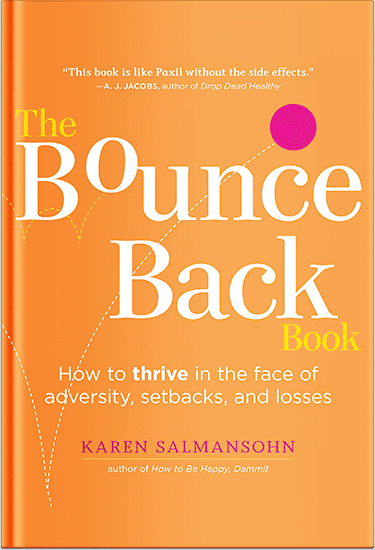 Establishing and maintaining online authenticity has become more crucial—and more challenging—than ever before in today’s modern world. We are increasingly relying on the internet for everything. We need it for everything from banking to social interactions. And we need to be sure that our identities and the information we share are genuine. This is paramount.
Establishing and maintaining online authenticity has become more crucial—and more challenging—than ever before in today’s modern world. We are increasingly relying on the internet for everything. We need it for everything from banking to social interactions. And we need to be sure that our identities and the information we share are genuine. This is paramount.
And that’s where biometrics comes in. This is the technology that uses unique physical characteristics like fingerprints, facial recognition, and iris patterns to verify who we are.
Yes, biometrics offers a promising solution to enhance online security and streamline online experiences. But it also brings a host of new challenges and potential pitfalls.
The Perks of Biometrics
Biometrics is changing how we use technology every day. Whether it’s unlocking our phones, securing online bank accounts, getting into work, or protecting our health records, biometrics make identity verification quick and easy. They offer more convenience than traditional security methods, making our digital experiences smoother and simpler. Also, biometrics boost security by using unique physical traits that are hard to copy, which helps prevent unauthorized access and identity theft. This technology is not just about convenience—it’s about creating a safer digital world where trust is built on something that’s naturally tied to who we are.
Biometrics Gone Rogue
But let’s not get ahead of ourselves—while biometrics offer incredible benefits, they’re not without their darker side. Just like any powerful tool, biometrics can be misused, leading to a host of privacy and security concerns that can have serious implications. Unlike a password, which you can change if it’s compromised, your biometric data is a one-of-a-kind identifier that you can’t simply reset or replace. This makes the potential for misuse particularly alarming.
Malicious actors are constantly finding new ways to exploit biometric systems, whether it’s through sophisticated phishing schemes, data breaches, or even physical theft. Additionally, the widespread use of biometrics raises significant privacy issues, as it involves the collection and storage of highly sensitive personal information.
There’s also the risk of surveillance and the potential for abuse by both private entities and government agencies, leading to concerns about individual freedoms and the right to privacy.
The Menace of Biometric Spoofing and Deepfakes
Adding another layer to the complexity are the rising threats of biometric spoofing and deepfakes, technologies that can mimic or manipulate biometric data to deceive and defraud. Biometric spoofing involves creating fake biometric traits, such as forged fingerprints or realistic facial masks, to trick authentication systems into granting unauthorized access. This can lead to unauthorized access to secure systems, financial loss, and breaches of personal privacy.
On the flip side, deepfakes take things a step further by using artificial intelligence to create hyper-realistic videos or audio recordings that can impersonate individuals with alarming accuracy. These deepfakes can be used to spread misinformation, manipulate public opinion, or even blackmail individuals, creating a wave of distrust and uncertainty in digital interactions.
The combination of these technologies poses a significant threat to online authenticity, making it increasingly difficult to distinguish between what is real and what is fabricated. As these malicious techniques become more sophisticated, the importance of developing advanced detection methods and enhancing cybersecurity measures cannot be overstated—it’s a high-stakes game where the battle for authenticity is constantly evolving.
The Critical Role of Smart Thinking
As users of digital technologies, we need to stay aware and take charge of protecting our online identities while checking the credibility of the information we come across. This means keeping up with the latest in biometrics and understanding both their perks and potential risks. We should be questioning the security measures in place and pushing for stronger data protection practices to keep our biometric data safe from misuse.
Education is key here. By giving people the knowledge and tools to stay safe online, we can work together to create a more secure and trustworthy digital world. It’s all about being smart, alert, and proactive as technology evolves quickly and the line between what’s real and fake becomes harder to see.
Recap: Biometrics and Online Security
It all comes down to staying informed, thinking critically, and advocating for strong ethical standards and robust security measures that protect our personal information and maintain trust in digital interactions. As technology keeps changing, we also need to keep adjusting how we manage and protect our online identities.
P.S. Before you zip off to your next Internet pit stop, check out these 2 game changers below - that could dramatically upscale your life.
1. Check Out My Book On Enjoying A Well-Lived Life: It’s called "Your To Die For Life: How to Maximize Joy and Minimize Regret Before Your Time Runs Out." Think of it as your life’s manual to cranking up the volume on joy, meaning, and connection. Learn more here.
2. Life Review Therapy - What if you could get a clear picture of where you are versus where you want to be, and find out exactly why you’re not there yet? That’s what Life Review Therapy is all about.. If you’re serious about transforming your life, let’s talk. Learn more HERE.
Think happier. Think calmer.
Think about subscribing for free weekly tools here.
No SPAM, ever! Read the Privacy Policy for more information.
One last step!
Please go to your inbox and click the confirmation link we just emailed you so you can start to get your free weekly NotSalmon Happiness Tools! Plus, you’ll immediately receive a chunklette of Karen’s bestselling Bounce Back Book!


 Establishing and maintaining online authenticity has become more crucial—and more challenging—than ever before in
Establishing and maintaining online authenticity has become more crucial—and more challenging—than ever before in 